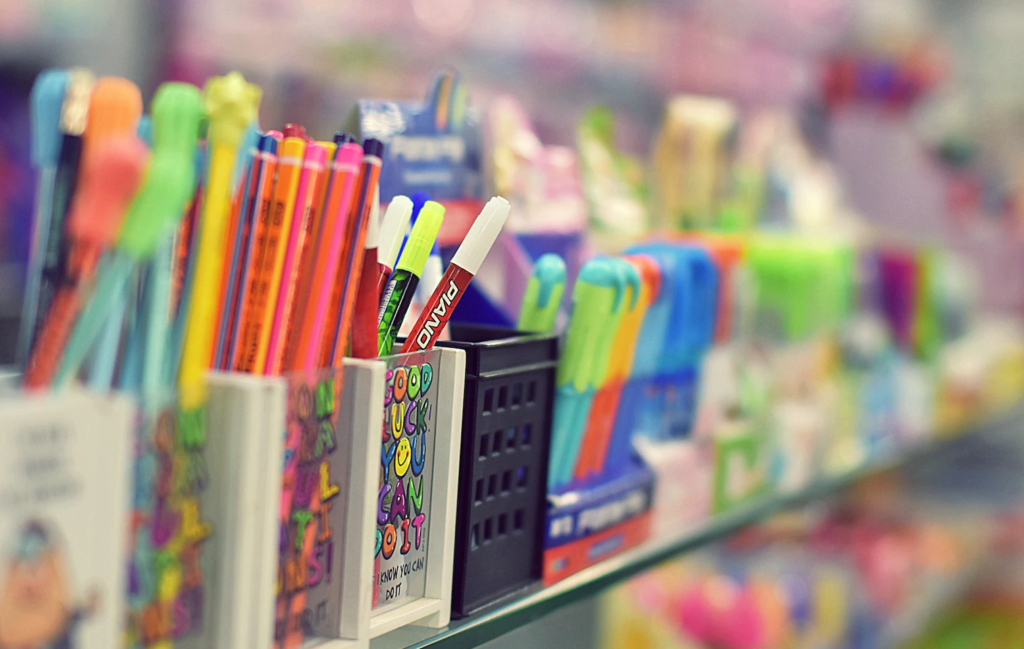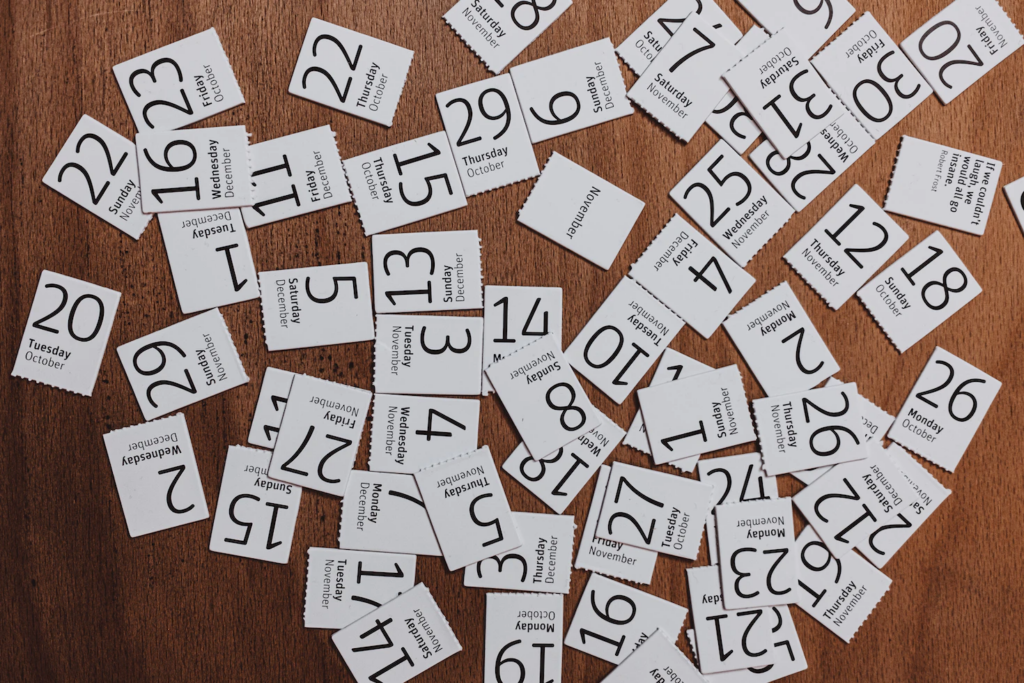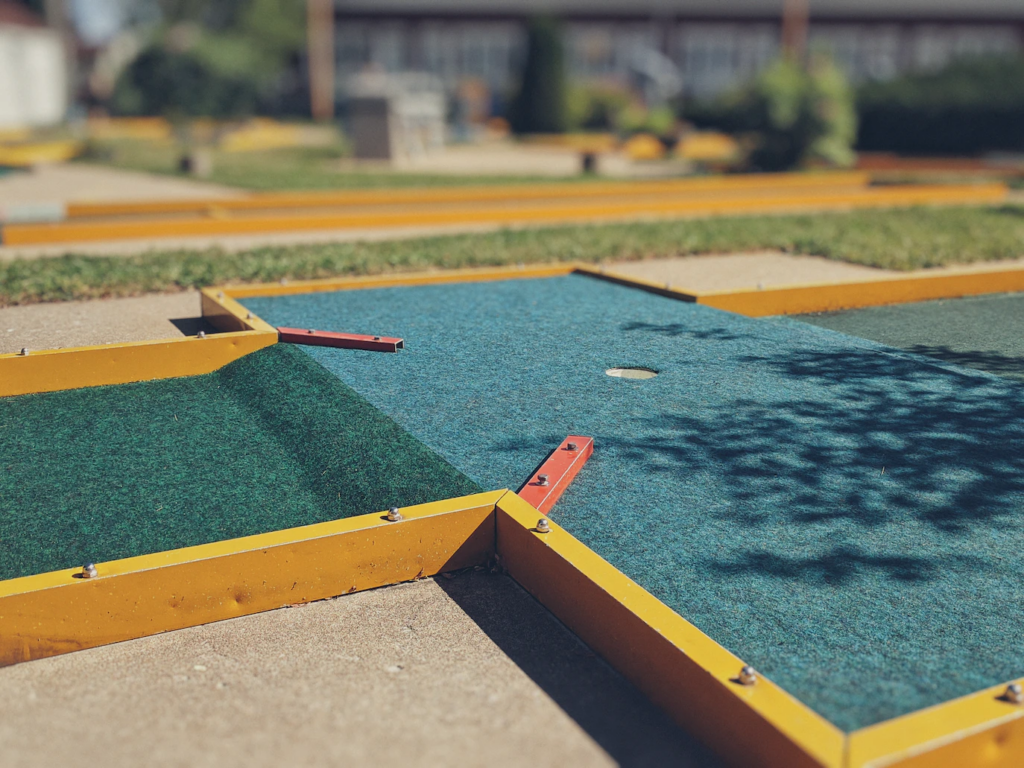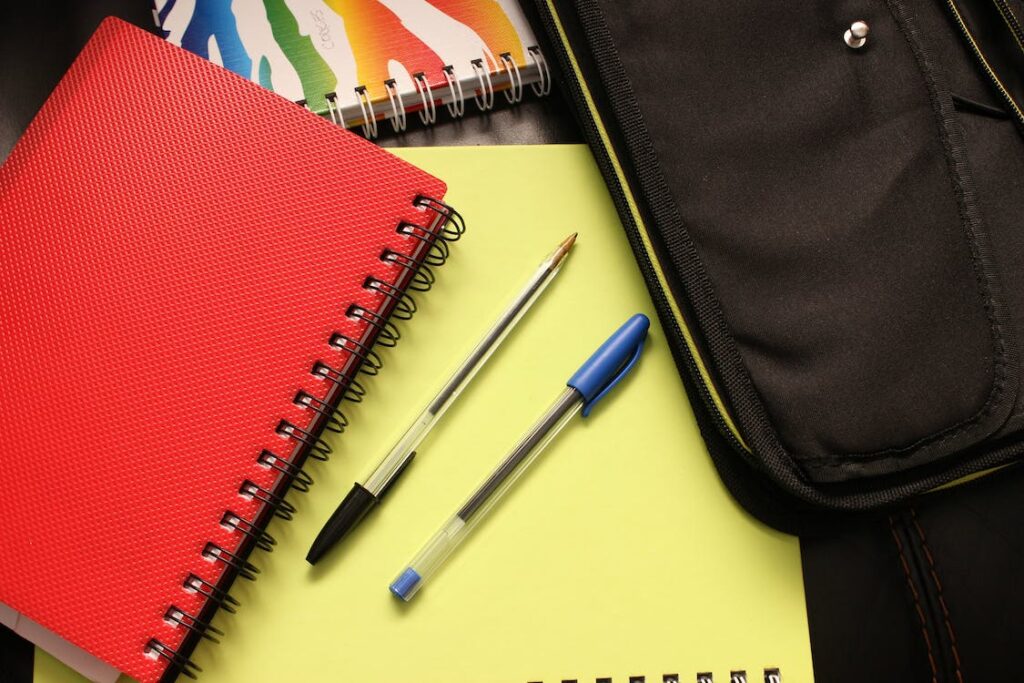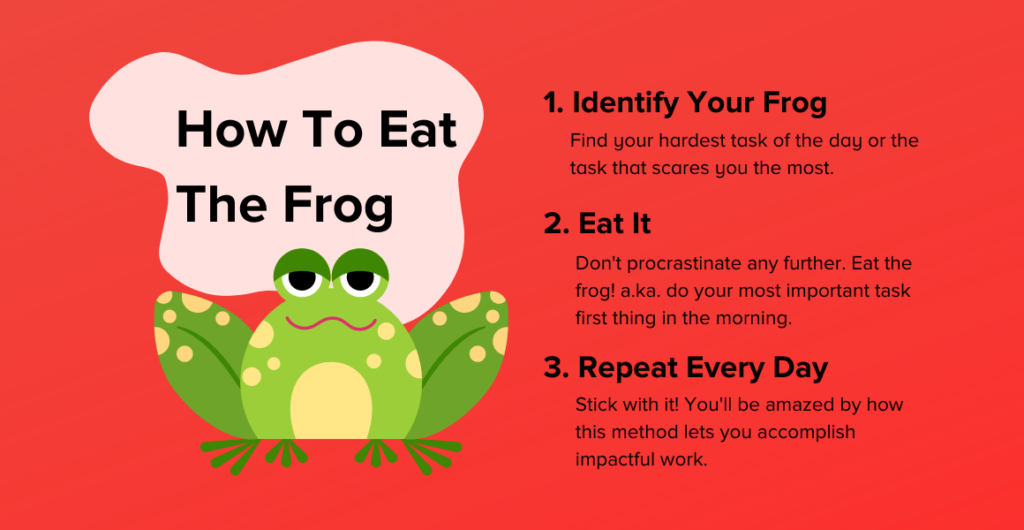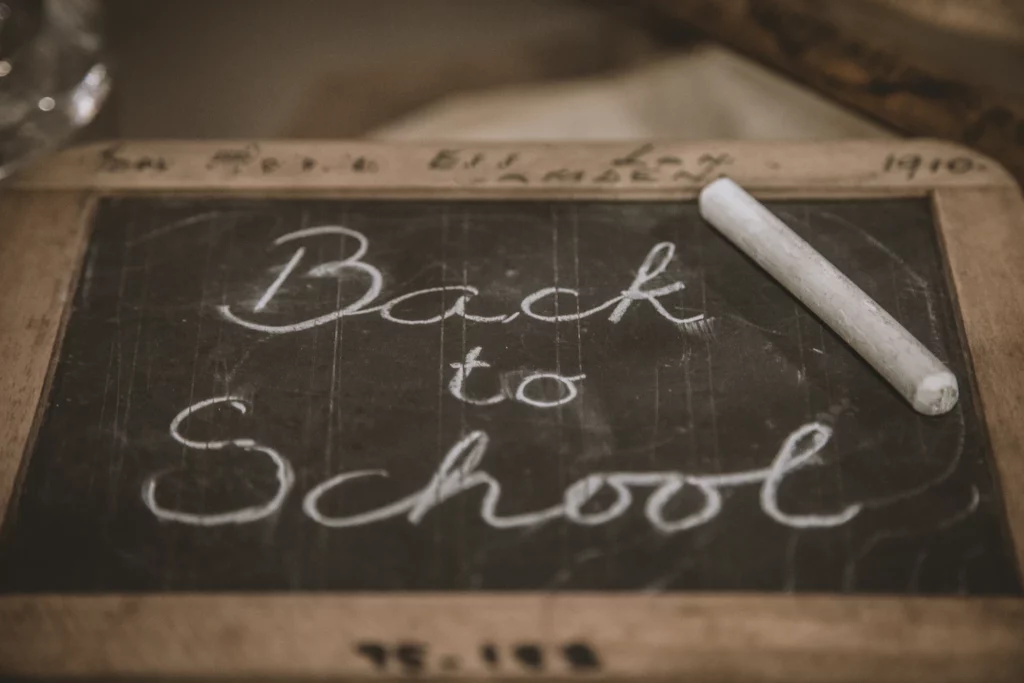"However you spent the break, there’s a moment we all know, that gentle drift from freedom back to routine."

June holidays are coming to an end, can you believe it? After weeks of late mornings, relaxed routines, and quality time together, it’s almost time to get back to school runs and weekday schedules. How did your family spend the break? Maybe it was road trips, beach days, movie marathons, or simply slowing down at home. However you spent it, there’s often a shared feeling when it all winds down: that quiet pause between “holiday mode” and “back to reality.”
What Are Post-Holiday Blues?

After the holidays wind down and life returns to its usual pace, it’s not uncommon for adults or kids to feel a bit off. Post-holiday blues are those feelings of sadness, low energy, or lack of motivation that can show up once the celebrations are over. You’ve just spent weeks, maybe even months, looking forward to the break, the excitement, the family time… and then suddenly, it’s done. No more late mornings, festive treats, or cosy movie nights. That shift can feel a little like emotional whiplash.
Post-holiday blues can also overlap with other mood-related issues. The symptoms can be quite similar to seasonal affective disorder (SAD) and even some forms of depression, especially during the darker, colder months. While post-holiday blues are typically short-lived, it’s still important for parents to recognise the signs and respond with patience, empathy, and support.
Who Gets Post-Holiday Blues?
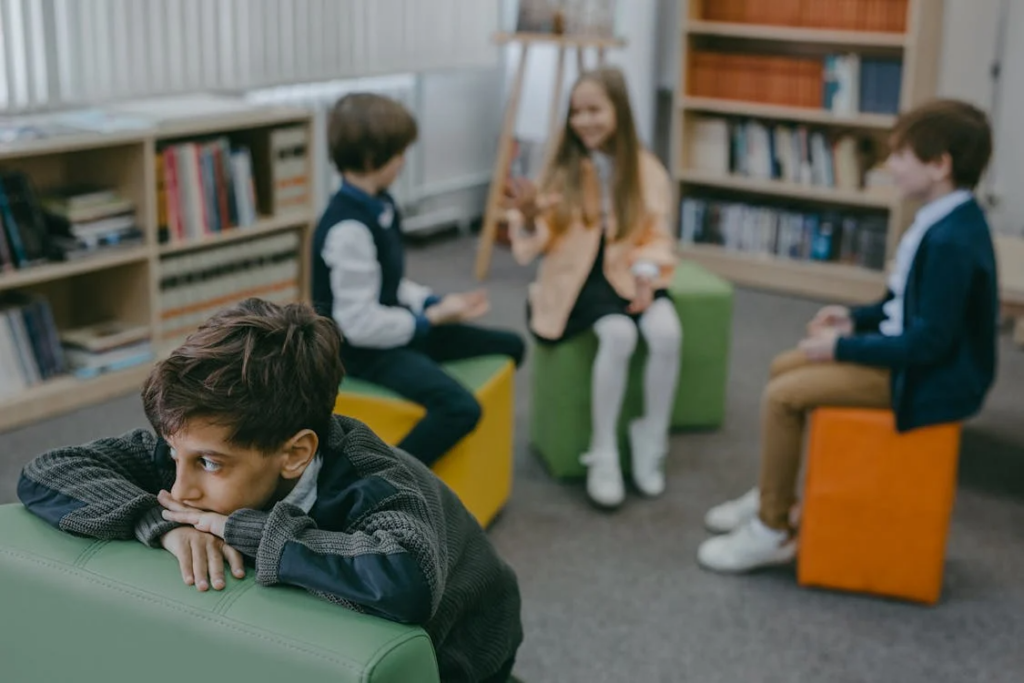
Post-holiday blues can affect just about anyone, parents, caregivers, and even those who spent the holidays on their own. But did you know that kids and teens can experience them too?
They’re often just as affected, sometimes even more so. Children tend to ride the emotional highs and lows of the holiday season in a very real way. Many spend weeks eagerly counting down to the break, imagining gifts, special outings, and all the joyful moments that come with it.
So why the emotional dip afterwards? The holidays bring a whirlwind of stimulation, twinkling lights, sweet treats, family visits, fun activities, and a break from the usual rules. Bedtimes shift, routines soften, and there’s often more attention and togetherness than usual. Then, almost overnight, it all comes to an end. The return to school, structured days, and early mornings can feel like a hard reset for kids and teens alike.
As they prepare to start a new term, many young people may quietly dread the long stretch ahead, months of school without another major break in sight. That feeling of facing routine without relief can make the return feel even heavier.
Signs Your Child May Have the Post-Holiday Blues
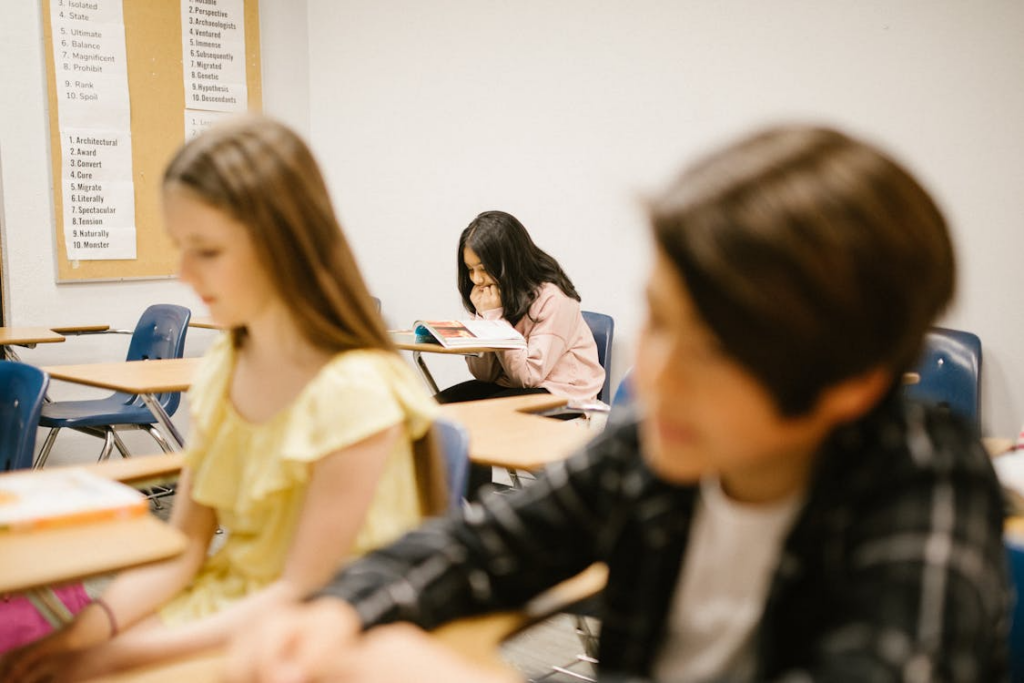
Post-holiday letdown effect is quite common and usually doesn’t last long, often just a week or two. Once your child begins to settle back into familiar routines, their mood tends to lift naturally. Still, knowing what to look out for can help you offer support during this in-between time.
Emotionally, your child may seem more sensitive than usual. You might notice they’re more irritable, clingy, or prone to mood swings. Some kids describe feeling “bored,” even when there are things to do, or seem harder to please than usual. Others might appear suddenly sad or just a little “off,” even if they can’t explain exactly why.
Changes in behaviour can also be a clue. Your child may have trouble focusing on schoolwork, resist going to bed or waking up on time, or struggle to follow routines they used to manage with ease. Younger children might have more tantrums or whining, while older kids may ask for extra screen time or zone out more than usual.
Most of the time, these signs pass as your child re-adjusts. If you notice that the low mood, irritability, or trouble with daily tasks continues for more than two weeks, it may be worth checking in more closely and speaking with a professional for guidance.
How to Prevent and Support Your Child Through Post-Holiday Blues

Ease back into the routine: Instead of going full speed from the first day back, try taking things step by step. Reintroduce parts of your regular schedule gradually. Things like consistent bedtimes, meal routines, and quiet homework time. Focus on what needs to get done first, and try not to cram too much into the first week.
Keep moving and get outside: Fresh air and movement do wonders for the mind and body. Even light physical activity, like a walk around the block or a casual game of basketball, tennis, or football. Encourage movement that feels fun. Something that gets them off screens and out of the house, even for a short while. Game nights, art projects, or weekend bike rides are great ways to keep their brain engaged, too.
Unplug from the scroll: For teens, especially, social media can add fuel to that post-holiday slump. Seeing everyone else’s “perfect” vacations, gifts, or parties can leave them feeling like their own break didn’t quite measure up. Gently encourage some screen-free time. A break from scrolling can help your child refocus on real-life connections and find contentment in the present.
Choose nourishing foods: Holiday meals often include a lot of sugar and starchy comfort foods, but easing back into more balanced meals can help your child’s mood stabilise. Try adding more fruits, vegetables, and fresh meals to their plate.
Watch the sugar: After the holiday treats, cravings can linger. Try to gently return to your habits around sweets, offering them in moderation rather than letting the holiday-level snacking stretch too far into the school term.
Stay social (in a low-key way): Your child doesn’t need a packed social calendar, but making time to be around people they enjoy can help. Maybe that’s a cosy visit with grandparents, a playdate with a close friend, or a casual afternoon at the park. These moments of connection can be just the lift they need.
Plan something to look forward to: One of the hardest parts of the post-holiday period is looking ahead at what can feel like a long, uneventful stretch. You don’t need a major vacation to break things up. Something simple, like a family outing, trying a new hobby, or setting a mini goal together, can go a long way.
Looking Ahead Together

With July around the corner, it’s time to help your child shift back into school mode for Term 3. A good way to start is by talking about the things they enjoy at school. Friends, fun activities, or favourite subjects to help them feel more positive about going back.
Spending some quality time together can also go a long way in preparing your child emotionally. Something as simple as going shopping for school supplies can turn into a meaningful moment. Invite your child to pick out their notebooks, backpack, or stationery. Having items they genuinely like can boost their enthusiasm and help them feel more ready and comfortable as they return to class.
The holiday season may be over, but with the right support and shared moments, your child can enter this next chapter feeling more settled, more prepared, and even a little excited about what lies ahead.
Check out more articles: How to Get Kids Back into School Mode After the Holidays and Smart Packing Tips for Traveling with Kids



